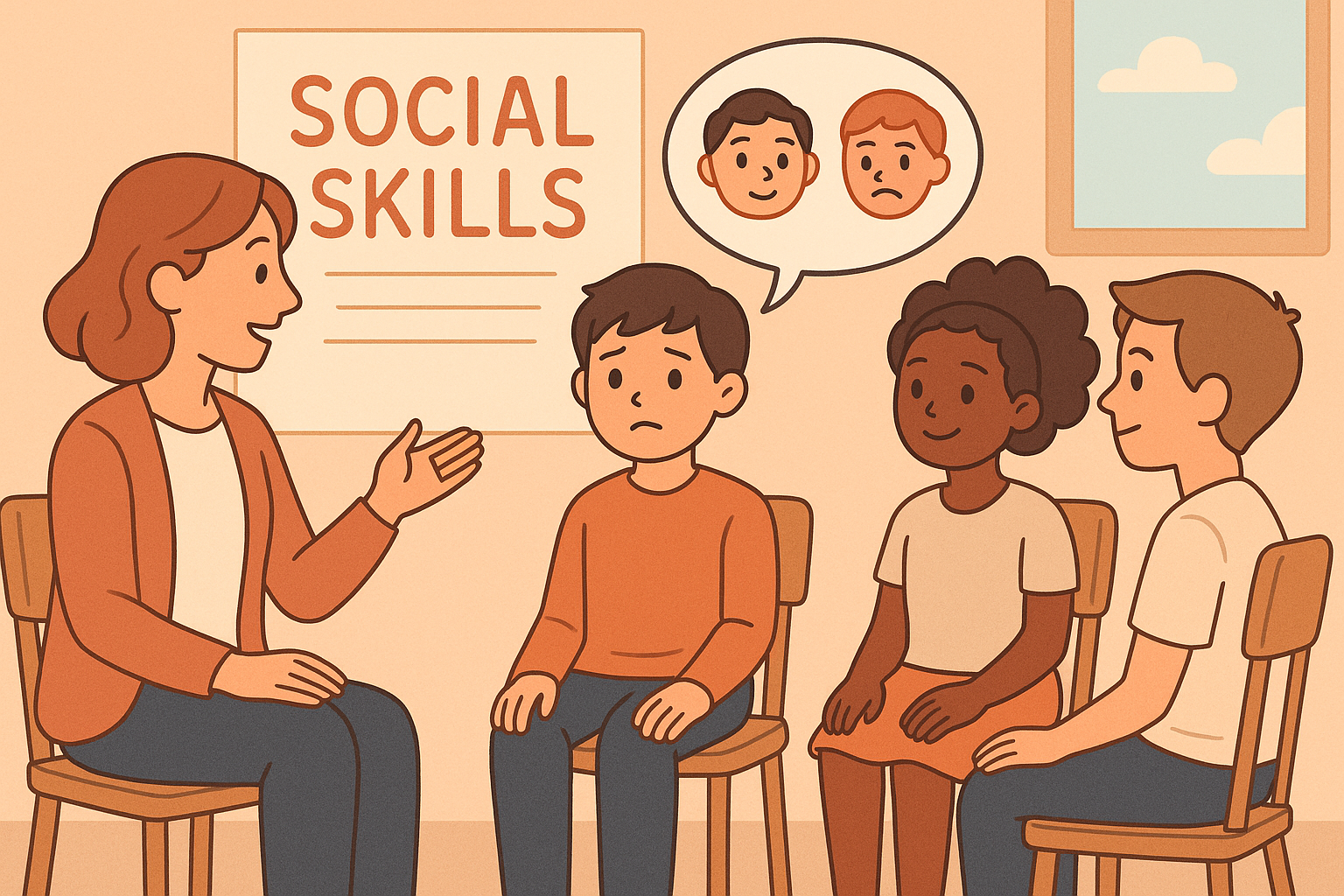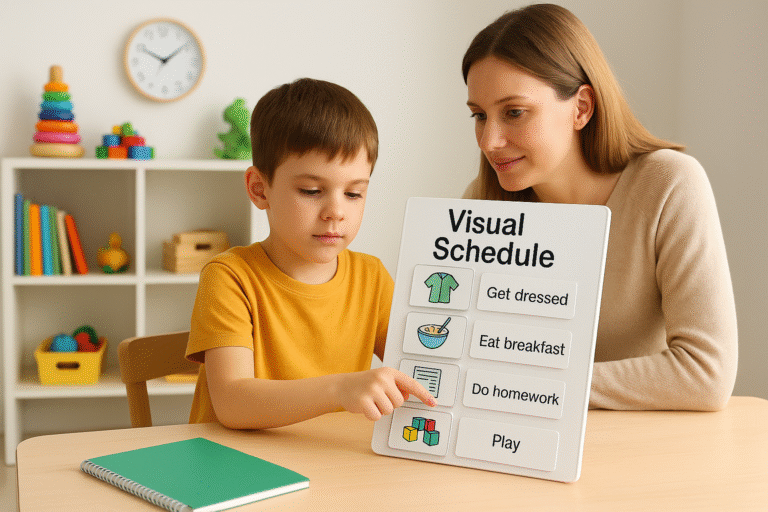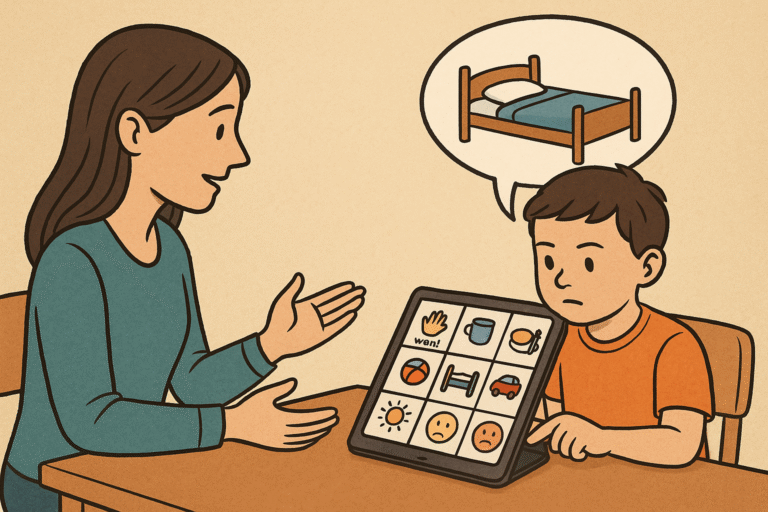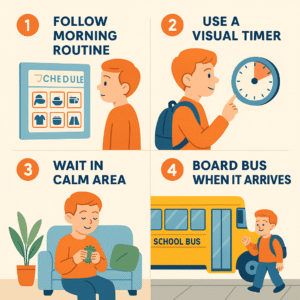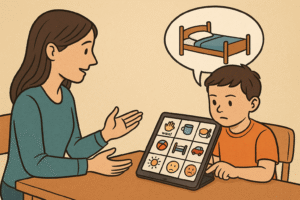Autism and Social Skills: Understanding the Connection
Autism and social skills development go hand in hand, yet social communication is often one of the most challenging aspects for individuals on the spectrum.
Difficulties with eye contact, reading body language, interpreting tone of voice, or knowing when to speak can make socializing feel overwhelming.
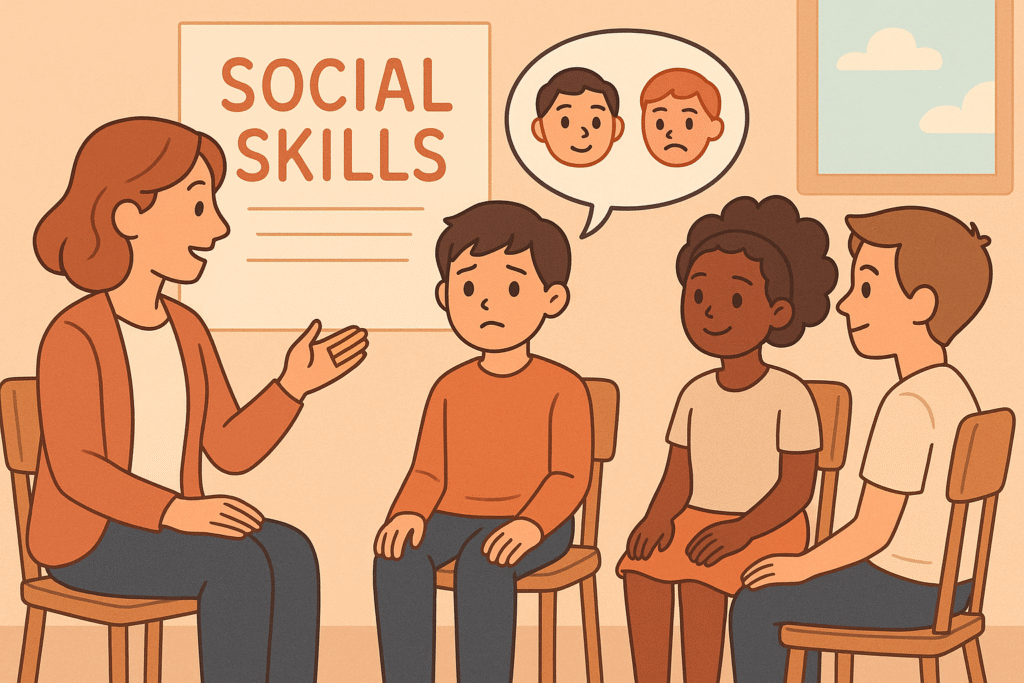
However, these skills can be nurtured with patience, the right environment, and structured learning. The goal isn’t to “fix” a child with autism but to empower them to connect with others in ways that feel natural and comfortable for them.
Why Social Skills Matter for Autistic Individuals
Strong social skills are about more than making friends — they impact confidence, independence, and long-term quality of life. Children and teens with autism who receive targeted social training often show improvements in emotional expression, teamwork, classroom behavior, and relationships.
Moreover, improving social interaction helps reduce isolation, anxiety, and misunderstandings that can arise in social or school settings.
Challenges Faced in Developing Social Skills
People with autism may experience:
- Difficulty interpreting social cues such as sarcasm, facial expressions, or personal space.
- Language processing delays that slow down real-time conversation.
- Sensory sensitivities that make noisy, unpredictable environments hard to tolerate.
- Rigid thinking patterns that affect flexibility in group dynamics or play.
Each individual is different, and some may require more support in specific areas than others.
Strategies to Support Autism and Social Skills Development
1. Use Social Stories for Contextual Learning
Social stories are short narratives that teach expected behaviors in specific situations, like greeting someone or joining a game. These help set social expectations and prepare children for unfamiliar events.
You can find ready-made social stories online or create custom ones that reflect your child’s routines and challenges. The Autism Helper offers free and premium options.
2. Model and Role-Play Common Social Interactions
Children with autism often benefit from explicit modeling of conversations and facial expressions. Role-playing allows them to rehearse social moments like:
- Asking to join a group
- Offering a compliment
- Expressing frustration in a respectful way
Use puppets, stuffed animals, or switch roles during practice. Keep it playful and low-pressure.
3. Leverage Peer-Mediated Social Groups
Peer interaction in a structured setting offers invaluable practice. Programs such as PEERS® (Program for the Education and Enrichment of Relational Skills) have shown strong results. These group-based interventions are tailored for autistic youth and focus on real-life social rules.
Check for local or virtual PEERS groups through UCLA’s program website or community therapy centers.
4. Practice in Real-Life, Low-Stress Environments
Autism and social skills development thrives when new skills are applied naturally in settings like:
- A quiet playdate at home
- Grocery shopping (greeting a cashier)
- Helping with community volunteering
Choose familiar, low-pressure spaces and celebrate small wins. Don’t expect instant results — progress is gradual.
5. Use Visual Supports and Prompts
Visual prompts like emotion charts, cue cards, or behavior scripts can reinforce memory and boost confidence during social interactions. For instance, a simple laminated card that says:
“Hi! Can I play with you?”
“What’s your name?”
…can help a child remember the steps of starting a conversation.
Apps like Proloquo2Go and Avaz AAC also support non-verbal communicators with autism in expressing social needs.
6. Celebrate Strengths and Unique Social Styles
Not all autistic individuals will want the same type of social life. Some prefer a few close relationships or enjoy parallel play rather than active collaboration. Respect their preferences while encouraging gentle stretching of comfort zones.
Activities like LEGO clubs, anime discussion groups, or coding workshops may offer interest-based social interaction that feels more natural than traditional play.
Supporting Teens and Adults with Autism
Social skill needs continue into adolescence and adulthood. Teens may benefit from learning:
- How to navigate group chats or social media safely
- Dating etiquette and relationship boundaries
- Job interview preparation and workplace etiquette
Vocational training programs and autism-friendly college support centers can assist. Check out Autism Speaks’ Transition Tool Kit for more.
Create a Supportive and Safe Social Environment
Autism and social skills can’t improve in isolation. A supportive environment includes:
- Patient and understanding communication partners
- Reduced sensory overload in shared spaces
- Predictable routines with flexibility for teaching moments
- Inclusive communities that value neurodiversity
Use community platforms like OHSE.ca to discover autism-aware events and support networks across Canada.
Internal Resources on 0Autism.com
On our platform, you can also find related articles like:
- Stimming: Why It Happens and Why It Matters in Autism
- Sensory-Friendly Exercise Ideas for Kids with Autism
- Top 10 Daily Routines That Help Children with Autism Thrive
These resources are designed to guide caregivers, educators, and community allies in creating positive experiences for autistic individuals.
Conclusion: Empowering Growth in Autism and Social Skills
At the heart of developing autism and social skills is understanding, patience, and personalized strategies. By leveraging tools like social stories, modeling, peer groups, and interest-based interactions, you help build meaningful relationships and foster confidence.
Encouraging meaningful interaction isn’t about making someone fit in — it’s about helping them feel understood, included, and safe to be themselves. That is the ultimate measure of social success.

